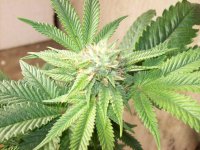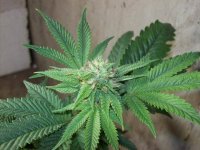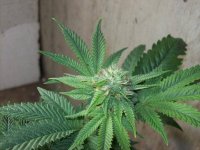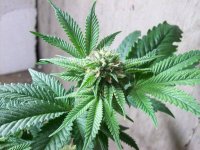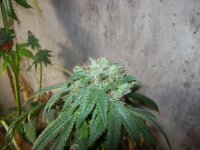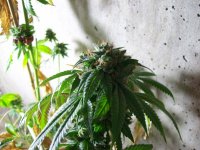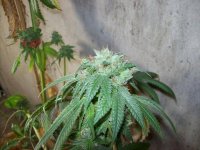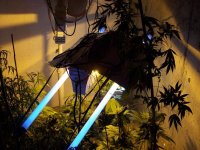spurr said:UV-c isn't high in the mountains, it's really well filtered out by gasses in the atmosphere. There can be some UV-b at the very high elevations, but it's not high.
The higher you go into the mountains the more UV you will get.The air is thinner.Why do you think that people like e.g. Nepalese has a darker skin. Never seen a Tibetan with a white skin.
UV-index in regions like Oaxacan is > 10 at 1.00 pm during the summer.
You can't lump all UV into one claim like above, UV-c is very damaging to humans and animals and microbes too. It's true the the higher the elevation the more UV-b you will get, but, even at 10,000 ft, you will have very little UV-c.
The UV-index is comprised of UV-b and UV-a, very little (near nil) UV-c makes up the index.
The reason Nepalese people have darker skin is likely not directly correlated to UV levels; otherwise they would be darker than Africans who live at far lower elevations, but that isn't so.
Those gasses you talking about is badly affected by environmental pollution.
The gases I am writing about stay in the stratosphere (for the most past, unless man made, then the make their way up there) and they block UV-b and UV-c (more so the latter). If you are referring to ozone depletion that is not a major issues any longer due to reduced usage of CFCs by the major industrialized nations. Besdies, IIRC ozone is created as UV-b enters the upper stratosphere.



 With fluorimetry and CO2/o2 fluxes is possible to track PSII activation state and check with gas evolution. I believe that it would allows to get a quick very accurate idea not only of individual waveband's efficacy, but of different wavebands together, without the need of performing whole grows under it
With fluorimetry and CO2/o2 fluxes is possible to track PSII activation state and check with gas evolution. I believe that it would allows to get a quick very accurate idea not only of individual waveband's efficacy, but of different wavebands together, without the need of performing whole grows under it